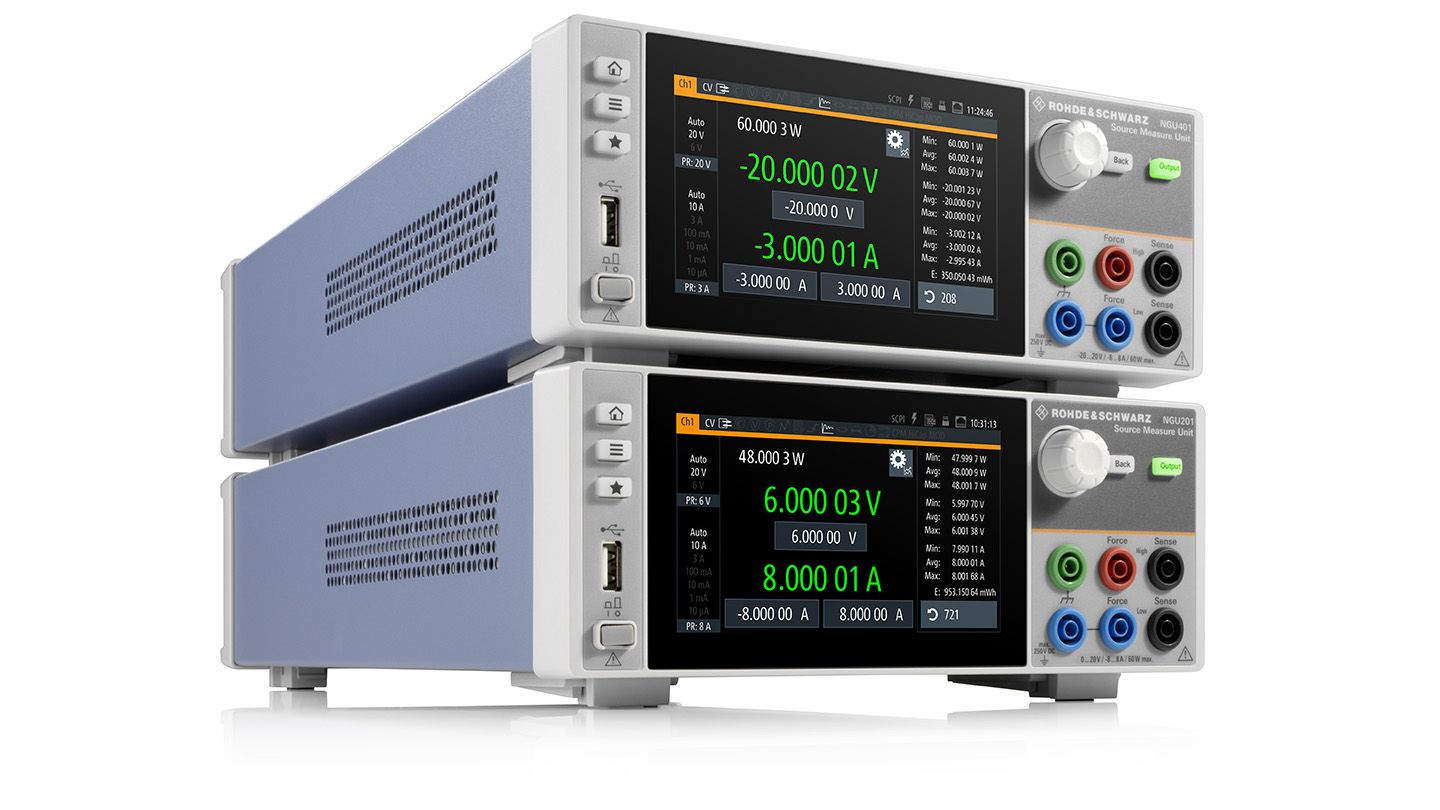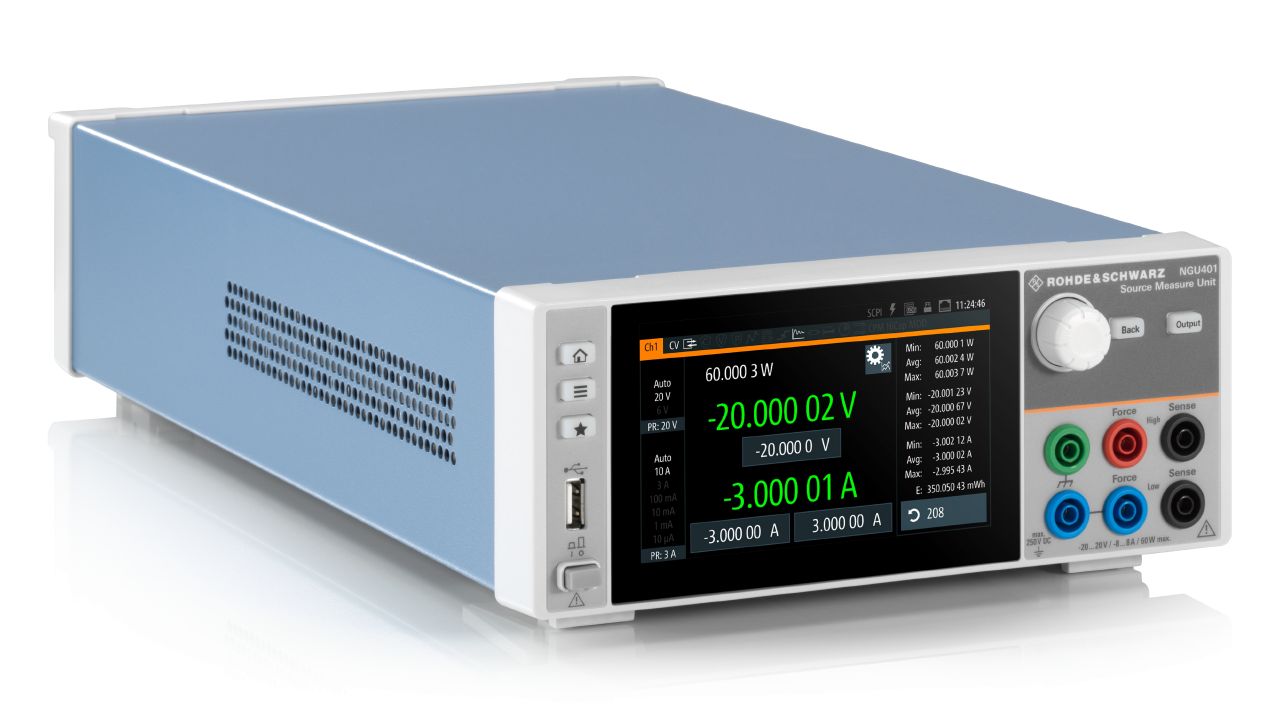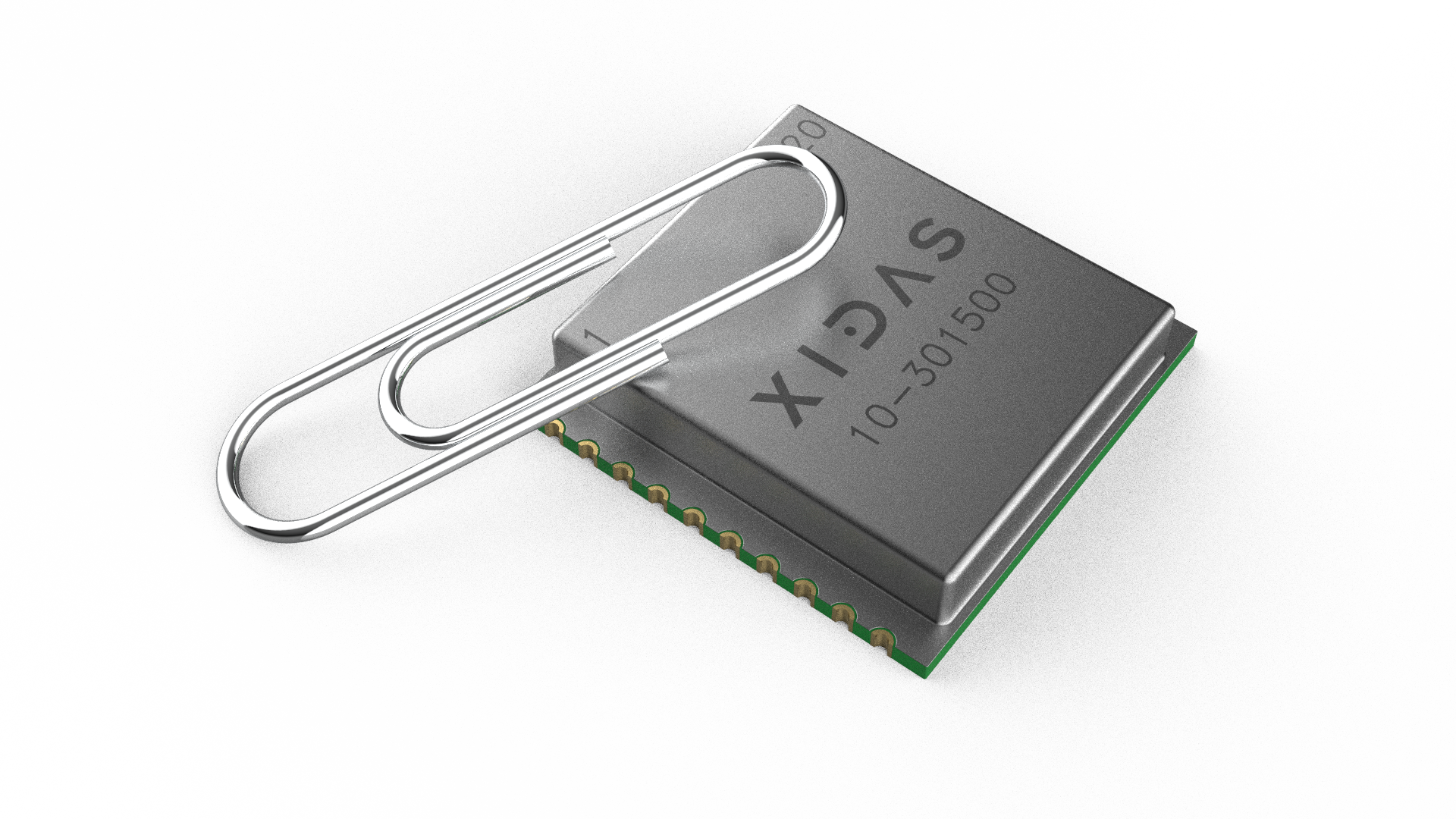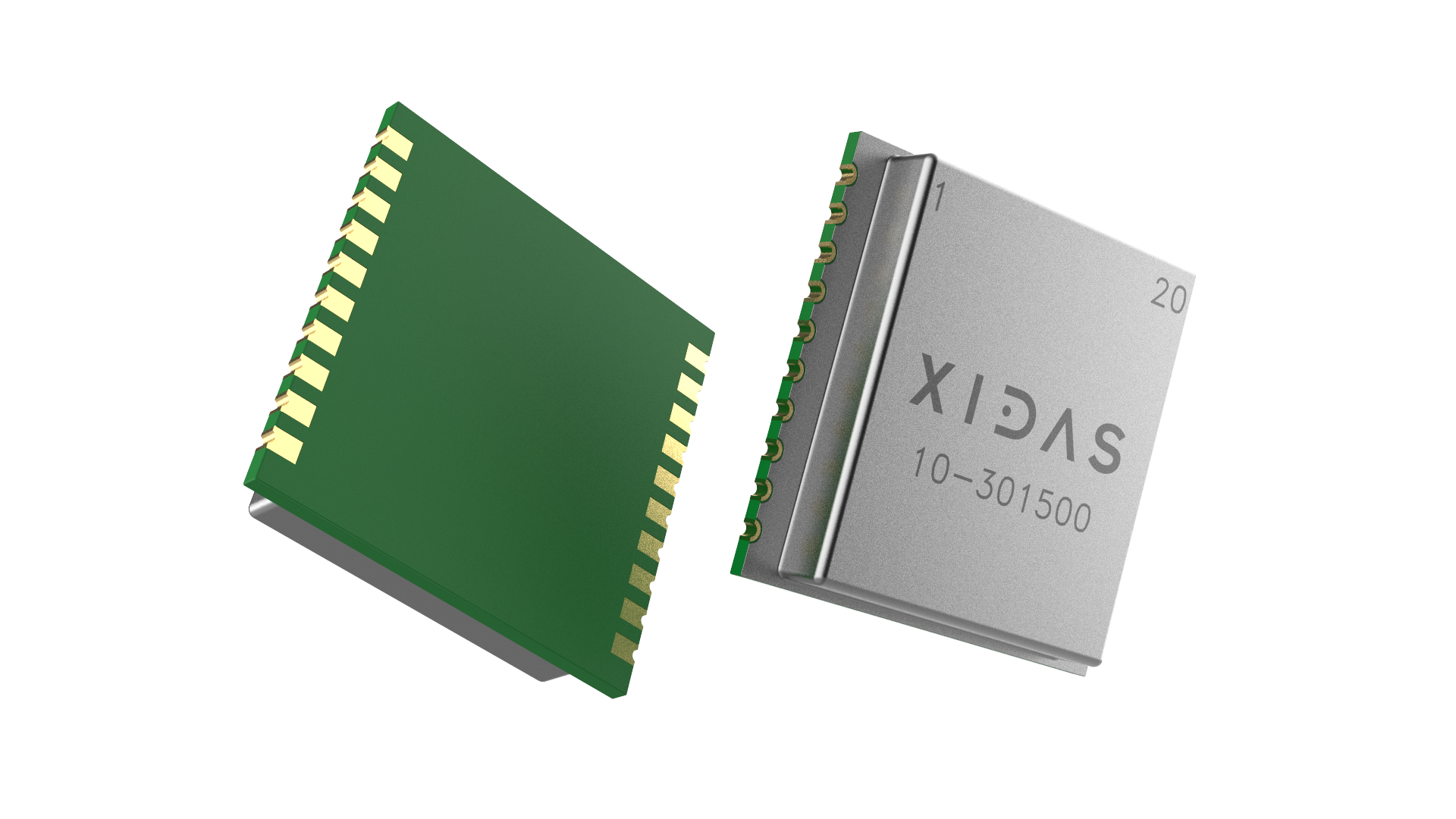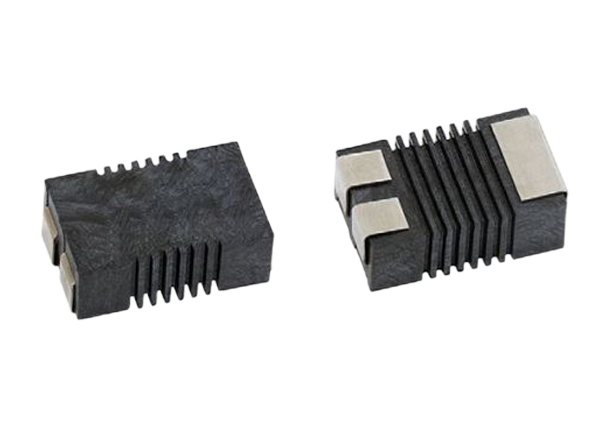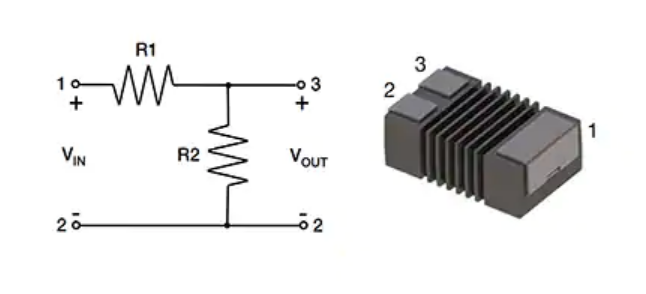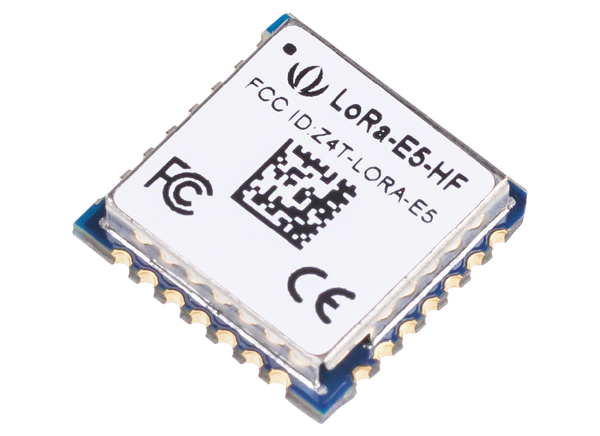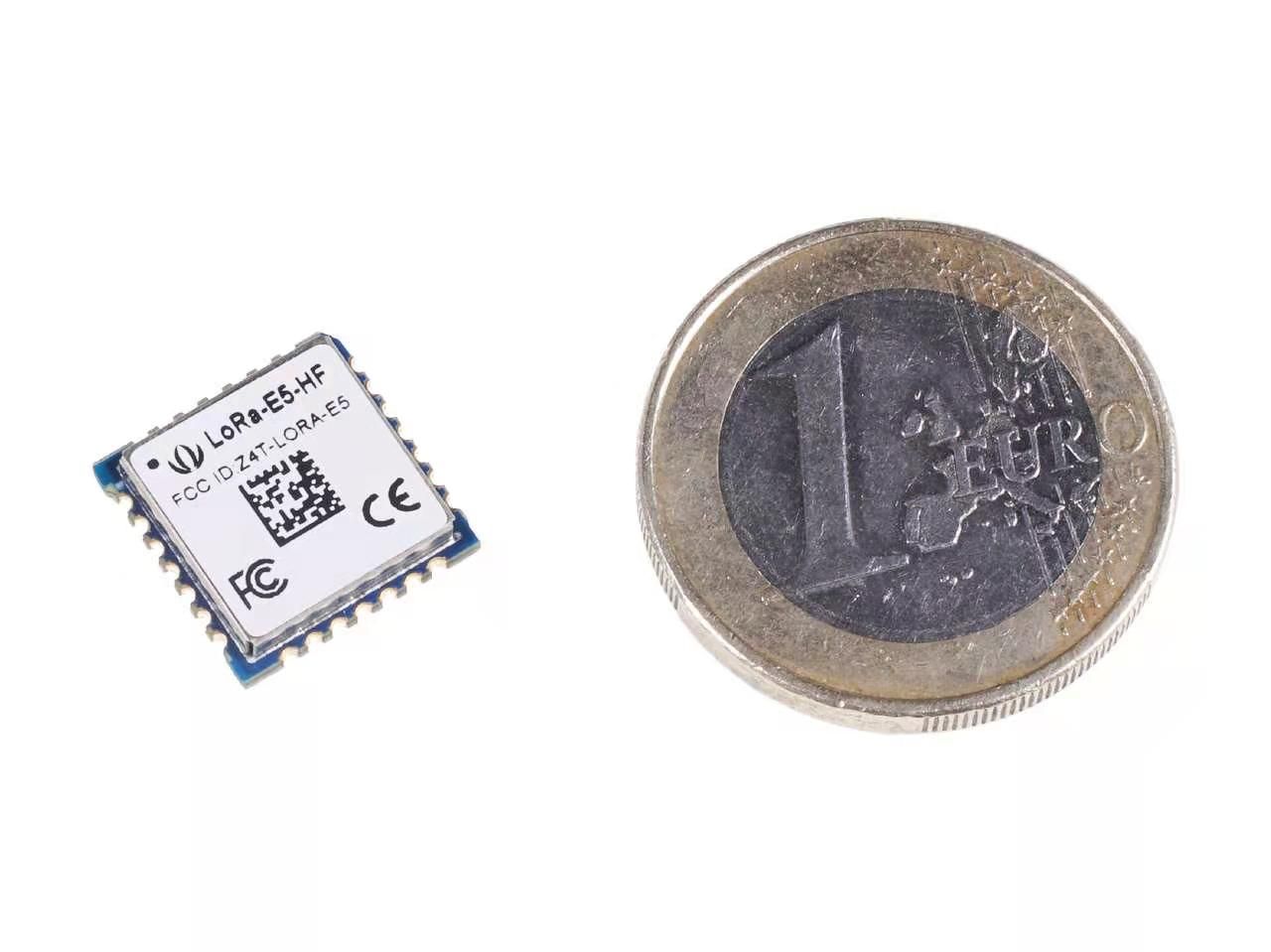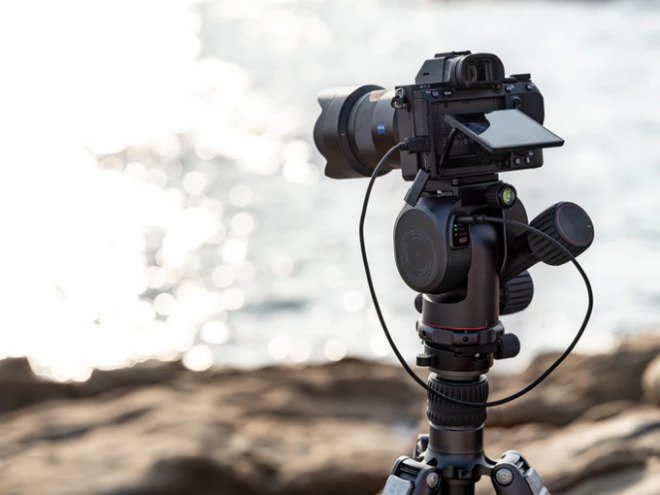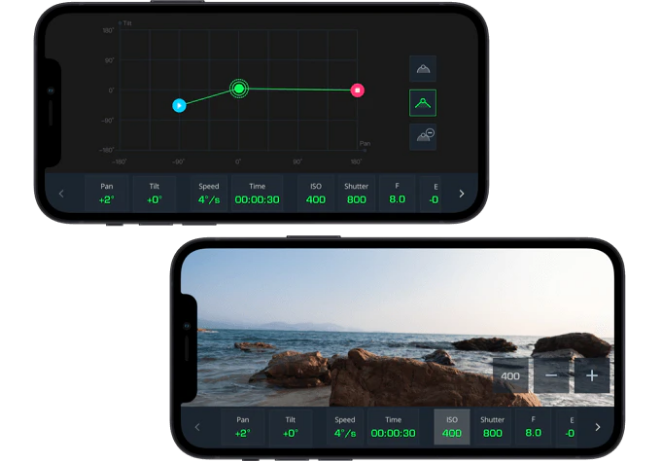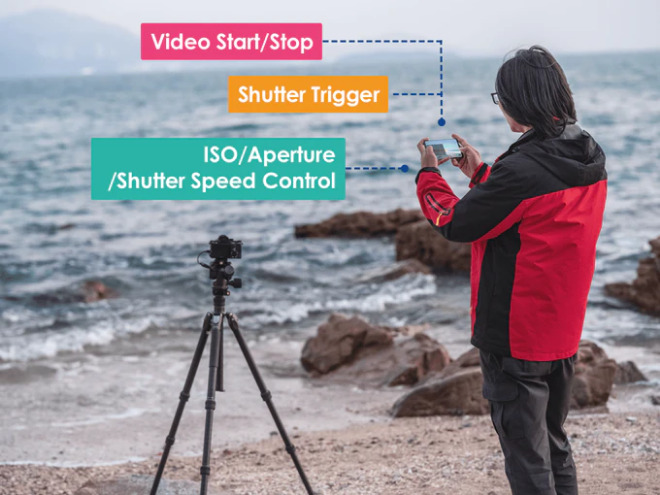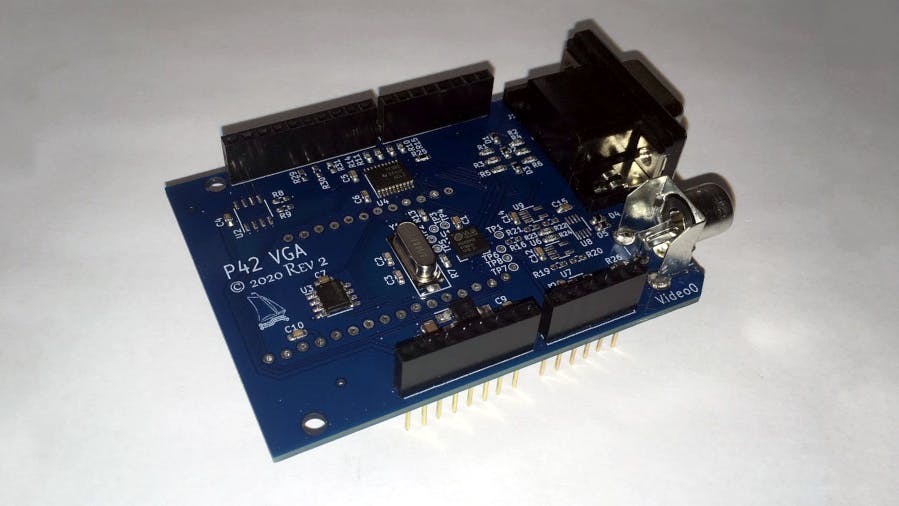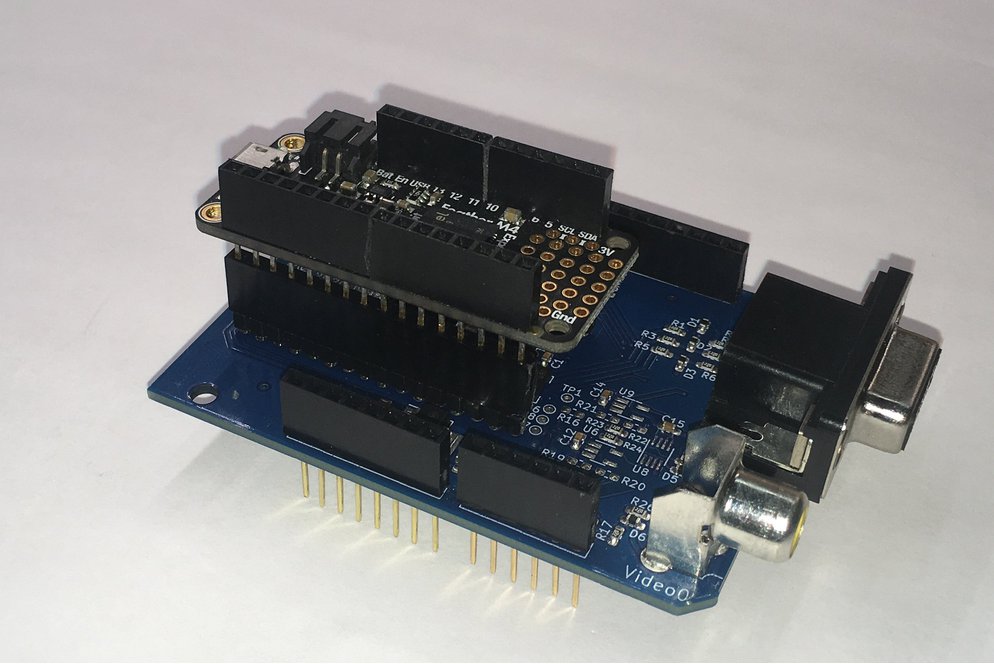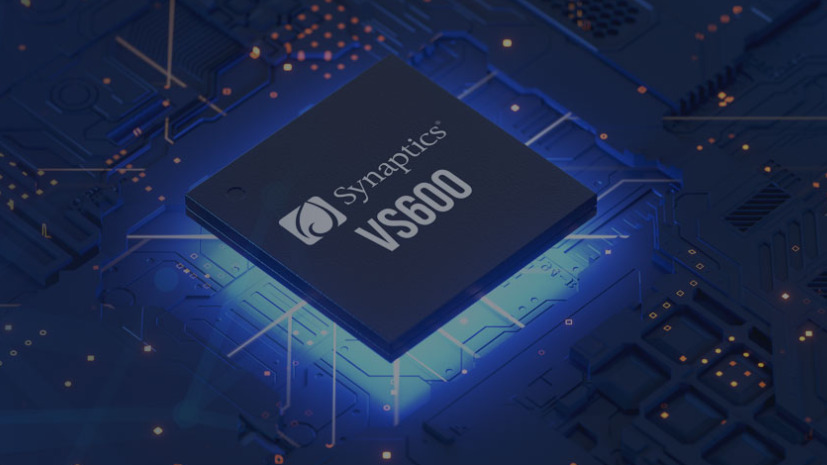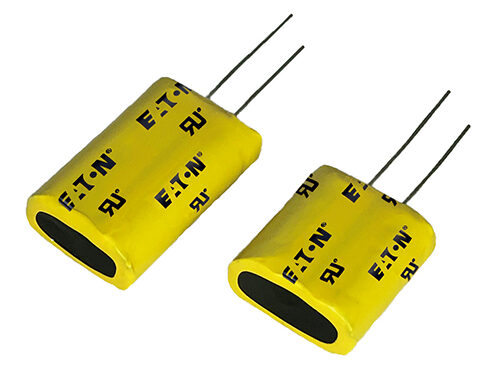With two new source measure units (SMU), Rohde & Schwarz enters a market previously not addressed by the power products of the test and measurement specialist. The performance of the new R&S NGU201 and R&S NGU401 SMUs enables simultaneous sourcing and measuring of currents and voltages with high precision. The two-quadrant R&S NGU201 addresses wireless device battery tests and automatically switches from source mode to sink mode at a defined positive input voltage. The four-quadrant R&S NGU401 can also switch at negative voltages, supporting source measurements for a vast range of power supply types.
The steady extension of the Rohde & Schwarz portfolio of specialty power supplies continues with the first two models in the R&S NGU series of high-precision SMUs. The instruments’ innovative current feedback amplifier technology provides both maximum sensitivity and accuracy to reliably measure currents from nA to A in a single sweep. To handle rapidly changing load conditions typical of battery-powered communications devices switching between sleep and transmit modes, the R&S NGU features an optimized control loop load providing a best-in-class recovery time of under 30 μs with minimum overshoot.
The R&S NGU SMUs include six current ranges from 10 µA with 100 pA resolution to 10 A with 10 µA resolution. For all ranges, accuracy up to 0.025 % is achieved. Voltage is measured with 10 µV resolution in the 20 V range and 1 µV resolution in the 6 V range. For the typical measurement problem of capacitance at the input to the device under test, the R&S NGU features a variable capacitance mode adjustable in steps from 1 µF to 470 µF, compensating the capacitance, so that the current is displayed as if it was measured directly at the device under test. Devices up to 20 V, 8 A, and 60 W are all supported.
The four-quadrant R&S NGU401 is the specialist for semiconductor testing. It provides source measurements for any equipment requiring source and sink voltages in the range from –20 V to +20 V. In addition to the voltage regulation mode of power supplies, the R&S NGU includes a fast current regulation mode to avoid damaging current-sensitive devices under test, such as LEDs or other semiconductors. An external arbitrary waveform source connector turns the R&S NGU401 into an AC source and makes it possible to simulate glitches or unstable power supplies of up to 1 kHz.
The two-quadrant R&S NGU201 is optimized for battery drain analysis of any battery-powered device, including mobile phones, tablets, and the full range of IoT equipment. Design engineers can use it to simulate real-world battery characteristics. Once the battery model characteristics are defined, they can be re-used whenever required. With its 8 A maximum current, the instrument even supports fast-charge applications.
In addition to the dedicated source measurement features, the R&S NGU series also includes the elaborate features common to all specialty power supplies from Rohde & Schwarz. The market-leading data acquisition rate of 500 ksample per second offered by the FastLog functionality captures voltage and current levels every 2 μs so that even the shortest intermittent glitches are detected. With the optional built-in digital voltmeter, users can check voltages at any point in the device under test as well as the input voltage.
The new R&S NGU201 and R&S NGU401 source measure units are part of the R&S Essentials portfolio, and are now available from Rohde & Schwarz and selected distribution partners. With market introduction, a limited number of the fully equipped special model R&S NGU401COM is on offer at an attractive price.
For more information on the R&S NGU source measure units, visit: https://www.rohde-schwarz.com/product/ngu.html


